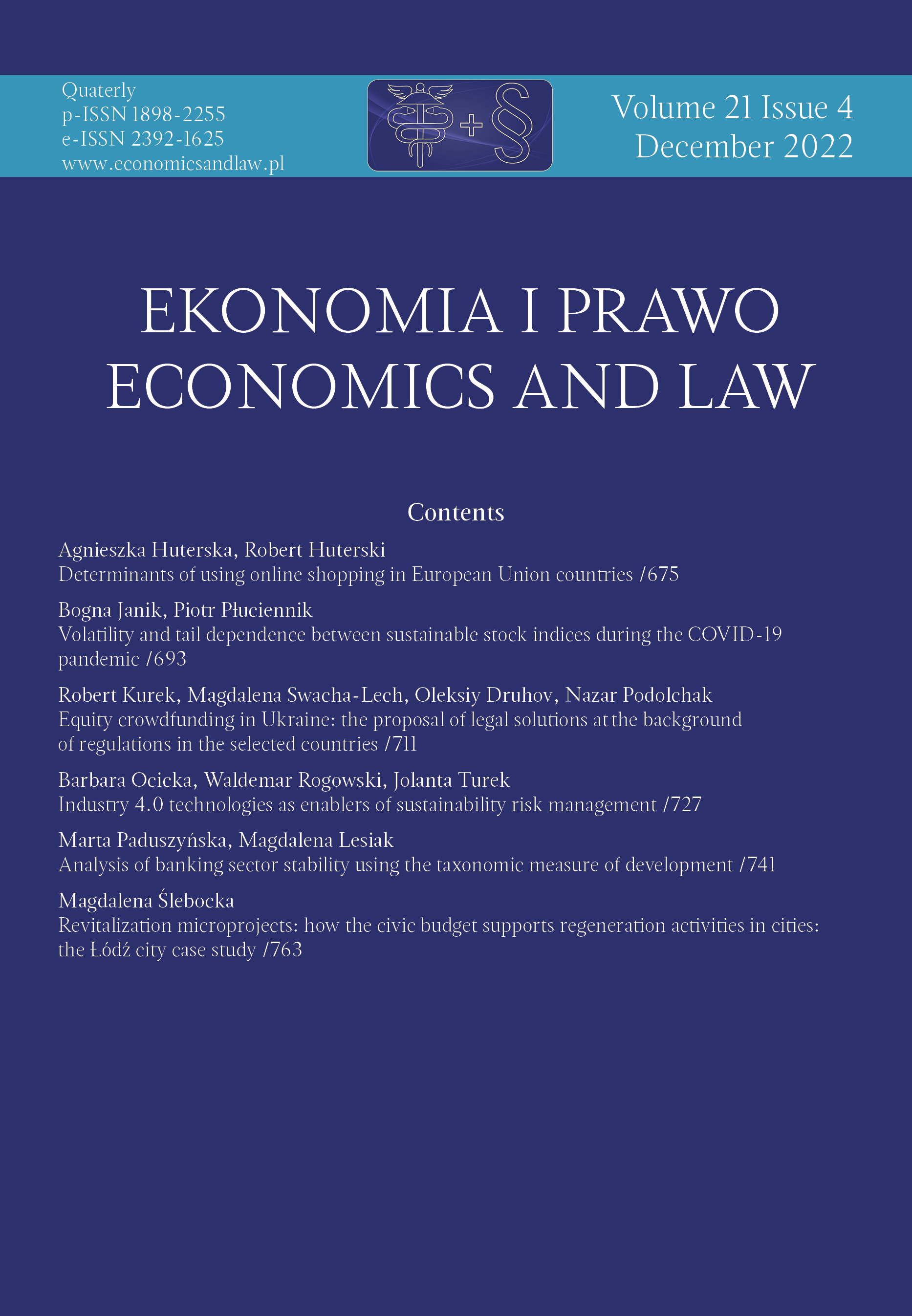Analysis of banking sector stability using the taxonomic measure of development
Analysis of banking sector stability using the taxonomic measure of development
Author(s): Marta Paduszyńska, Magdalena LesiakSubject(s): National Economy, Business Economy / Management, Security and defense, EU-Accession / EU-DEvelopment
Published by: Wydawnictwo Naukowe Uniwersytetu Mikołaja Kopernika
Keywords: banking sector; Central and Eastern Europe EU member states; statistical methods; area of stability; Hellwig’s method;
Summary/Abstract: Motivation: The stability of the financial system means that the entire system performs its key functions properly. It is a prerequisite for sustained economic growth. Maintaining stability of the banking sector is of particular importance for the firmness of the financial system, as it plays a key role in financing the economy, transmission of monetary policy impulses, and monetary settlements. Therefore, in the context of financial security, it is extremely important to analyse the banking stability.Aim: Assessment of the stability of banking sectors of the Central and Eastern European EU Member States and a comparative analysis and classification of the CEE countries in terms of selected indicators characterising the stability of their banking sectors using the model method of linear ordering, i.e. the Hellwig’s method. The analysis will verify the thesis whether banks in countries of lower national income (according to the World Bank’s classification) perform worse in terms of stability than banks in countries of higher national income. To illustrate the situation in the field of banking sector stability more clearly, the authors presented the dynamics of all variables considered from the point of view of the analysis (dynamics were presented for 2015 and 2019 in relation to the base year, which was assumed to be 2011).Results: A multivariate analysis was used in the comparative analysis of banking sectors development in Central and Eastern Europe. For this purpose, the development pattern method was used so that a synthetic indicator of the development of the banking sector with regard to its stability was calculated. Based on the proposed measure of development, a ranking of the Central and Eastern European EU Member States was prepared for 2019. It should be emphasized that the thesis outlined in the article was not empirically confirmed, namely, banks from countries of lower national income (according to the World Bank classification) did not have much worse results than banks from countries of higher national income.
Journal: Ekonomia i Prawo. Economics and Law
- Issue Year: 21/2022
- Issue No: 4
- Page Range: 741-761
- Page Count: 21
- Language: English

